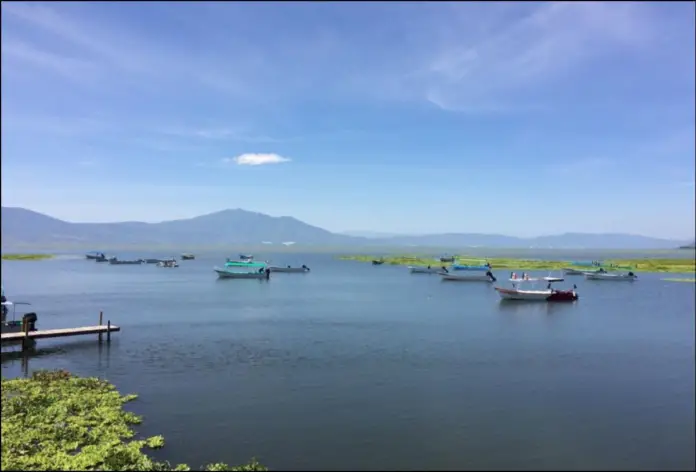
Lake Chapala, the largest in Mexico and one of the main sources of water for the entire Guadalajara Metropolitan Area (ZMG), starts the year 2025 on the right foot.
And according to the State Water Commission in Jalisco (CEA), this magnificent body of water has a storage capacity of 61.85%. This data corresponds to January 1, which reflects a slight decrease compared to the level recorded on November 25, 2024, when it reached 63 percent.
Lake Chapala.
The decrease, although moderate, is attributed to seasonal factors and the constant consumption of water to supply cities that depend on the lake, such as Guadalajara and Zapopan.
This pattern is common during the dry months that follow the rainy season, which usually ends between September and October. However, the situation also puts into perspective the water challenges facing the region.
What is the history of Lake Chapala?
History is deeply linked to the geography, ecology and culture of the Jalisco and Michoacán region.
This body of water, which extends over more than 1,100 km², has been a source of life for indigenous peoples, such as the Purépechas and the Cocas, who established their communities around the lake due to its abundance of natural resources.
Learn about the most relevant news on our WhatsApp channel
It was formed millions of years ago as part of the volcanic activity that shaped the Neovolcanic Axis. Its basin has been a point of convergence of various civilizations, since pre-Hispanic times it has been an essential source of water, fishing and agriculture.
Source: tribunadelabahia




